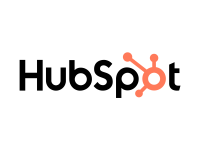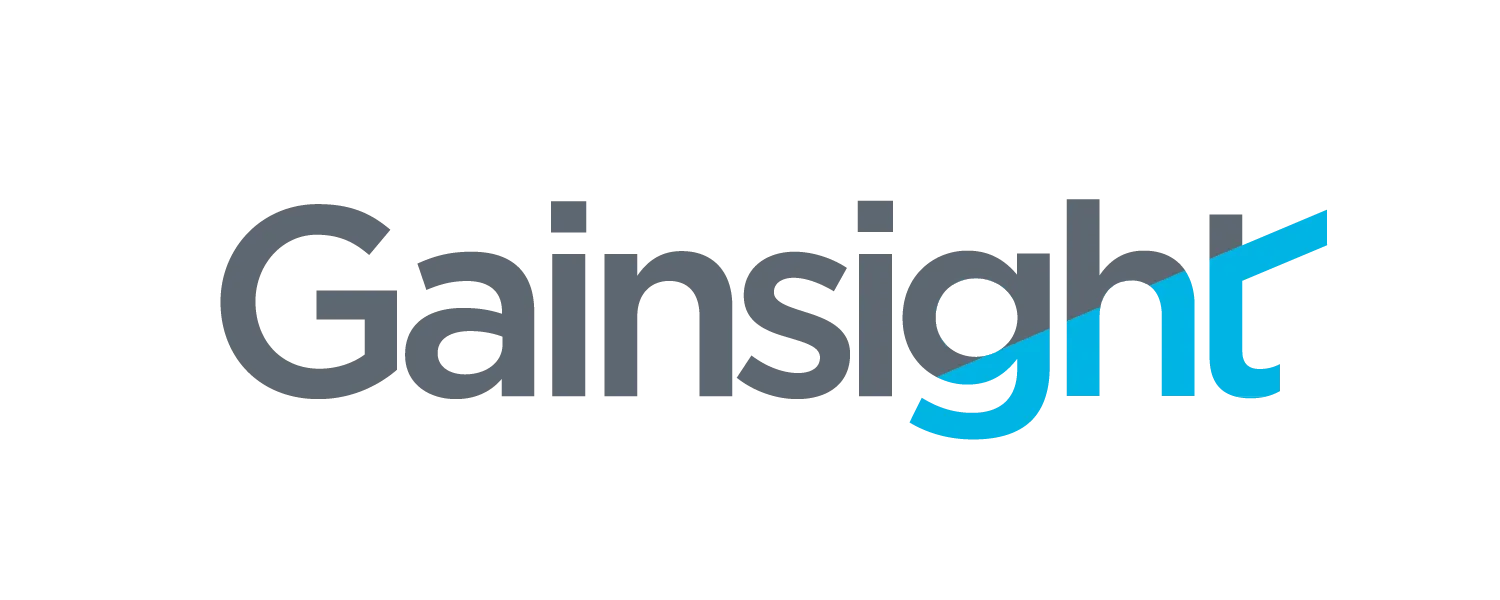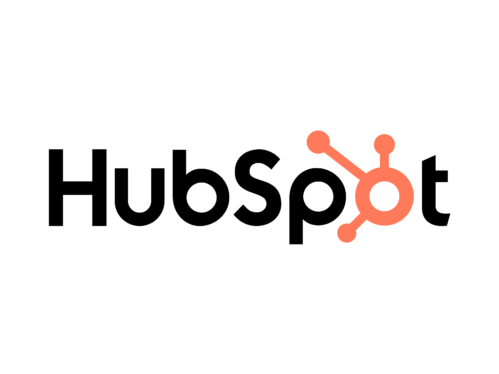You are in the right place if you can’t decide between Gainsight and Salesforce. Gainsight and Salesforce are two marketing tools available, but their intended audiences differ. Compare them side by side:
Key Takeaways
- Gainsight excels at post-sale retention and growth, ensuring customers stay engaged.
- Salesforce is ideal for managing the entire customer lifecycle (acquisition to support).
- Both not recommended for simplicity of processes
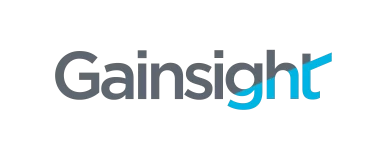
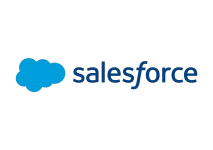
Main Differences Between Gainsight and Salesforce
Choose Salesforce If You…
- Need a single platform for sales, marketing, and service teams.
- Want AI-driven forecasting (Einstein AI) or omnichannel support.
- Are a large enterprise or scaling business needing customization.
Choose Gainsight If You…
- Have a subscription/SaaS business model where retention is critical.
- Want to automate customer success workflows (onboarding, renewals, upsells).
- Need to align sales, support, and success teams around customer health data.
My experience with Gainsight and Salesforce
Gainsight
Gainsight is the secret weapon I wish I’d discovered earlier in my career. While Salesforce helps me acquire customers, Gainsight ensures they actually stick around. It’s laser-focused on what happens after the sale—the make-or-break phase for SaaS and subscription businesses.
What I Love:
- Customer Health Scores: This feature alone is worth the price tag. Gainsight aggregates product usage data, support tickets, and NPS feedback to flag at-risk accounts before they churn. No more fire drills.
- Automated Playbooks: I’ve set up workflows that trigger personalized emails when a customer’s usage drops, or auto-assign tasks to CSMs before renewals. It’s like having a retention team on autopilot.
- Adoption Insights: Seeing which features customers ignore (and why) has transformed how I design onboarding campaigns. I’ve killed underused features and doubled down on what drives retention.
What Drives Me Nuts:
- It’s Not a CRM: Gainsight needs Salesforce or HubSpot to function. If your CRM data is messy, Gainsight’s insights will be garbage-in-garbage-out.
- Niche Use Case: If you’re not in a subscription-based business, Gainsight feels like buying a Ferrari to drive to the grocery store.
- Pricing: Smaller teams might struggle to justify the cost. I’ve seen startups balk at the quote, even though the ROI is there for scale-ups.
When I Reach for Gainsight:
- Preventing churn in a SaaS business.
- Aligning sales and success teams around upselling opportunities.
- Diagnosing why customers leave (instead of guessing).
Salesforce
I’ll admit it: Salesforce is the backbone of every marketing and sales team I’ve ever worked with. It’s like the operating system for customer relationships. The sheer breadth of features—Sales Cloud, Marketing Cloud, Service Cloud—lets me manage campaigns, track leads, and automate customer journeys all in one place. When I need to segment audiences for a hyper-targeted email campaign or analyze pipeline health, Salesforce is my go-to.
What I Love:
- Data Centralization: Having a single source of truth for every customer interaction (sales, support, marketing) is priceless. No more silos.
- Flexibility: I’ve customized it to death—building lead scoring models, drip campaigns, and even AI-driven forecasts with Einstein.
- AppExchange: Need a chatbot? A/B testing tool? There’s an app for that. I’ve plugged in everything from Zoom integrations to predictive lead-scoring tools.
What Drives Me Nuts:
- Complexity: I’ve lost count of how many hours I’ve spent training new hires on Salesforce. Even simple tasks (like building a report) can feel like coding.
- Cost: The licensing fees add up fast. I’ve had to fight for budget approvals just to unlock features like Journey Builder or Advanced Analytics.
- Overkill for Retention: Salesforce tells me what customers are doing (e.g., opened an email, submitted a ticket), but not why they’re staying or leaving. I’ve had to duct-tape it with third-party tools to get actionable retention insights.
When I Reach for Salesforce:
- Launching multi-channel campaigns.
- Managing high-volume lead generation.
- When I need to prove ROI to the C-suite with flashy dashboards.
My Verdict
- Salesforce is the “do-it-all” CRM for managing customer interactions across the entire lifecycle.
- Gainsight is the “specialist” for ensuring customers stay happy, engaged, and profitable after the sale.
- Some companies use both: Salesforce for acquisition/support, Gainsight for retention/growth.

